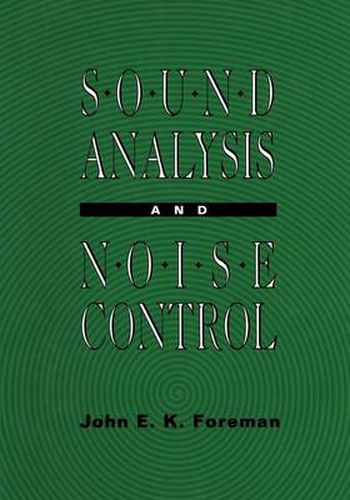Readings Newsletter
Become a Readings Member to make your shopping experience even easier.
Sign in or sign up for free!
You’re not far away from qualifying for FREE standard shipping within Australia
You’ve qualified for FREE standard shipping within Australia
The cart is loading…






This title is printed to order. This book may have been self-published. If so, we cannot guarantee the quality of the content. In the main most books will have gone through the editing process however some may not. We therefore suggest that you be aware of this before ordering this book. If in doubt check either the author or publisher’s details as we are unable to accept any returns unless they are faulty. Please contact us if you have any questions.
This book has been written to provide an intro Chapter 2 deals with the mechanism of hear duction to the fundamental concepts of sound ing and the subjective rating of sound, includ and a comprehensive coverage whereby un ing age-related and noise-induced hearing loss. wanted sound (noise) can be controlled. Al Assessment of any noise problem involves a though there are many notable textbooks which knowledge of the instrumentation available for deal primarily with the physics (or theory) of measurements, the limitations of this instru sound, and others which treat noise control in mentation, the appropriate procedures for mak a strictly practical (and sometimes even empir ing the measurements with the instrumentation, ical) manner, there are few textbooks that pro and the methods by which the measured data vide a bridging between the necessary under can be analyzed. Chapter 3 provides an up-to standing of the fundamentals of sound (its date coverage of these requirements, including generation, propagation, measurement) and the a section on one of the newest and most valu application of these fundamentals to its control. able tools in noise studies-sound intensity This book provides that link. measurement. The capability of being able to The text presents noise control primarily at measure sound intensity as compared with con the introductory level.
$9.00 standard shipping within Australia
FREE standard shipping within Australia for orders over $100.00
Express & International shipping calculated at checkout
This title is printed to order. This book may have been self-published. If so, we cannot guarantee the quality of the content. In the main most books will have gone through the editing process however some may not. We therefore suggest that you be aware of this before ordering this book. If in doubt check either the author or publisher’s details as we are unable to accept any returns unless they are faulty. Please contact us if you have any questions.
This book has been written to provide an intro Chapter 2 deals with the mechanism of hear duction to the fundamental concepts of sound ing and the subjective rating of sound, includ and a comprehensive coverage whereby un ing age-related and noise-induced hearing loss. wanted sound (noise) can be controlled. Al Assessment of any noise problem involves a though there are many notable textbooks which knowledge of the instrumentation available for deal primarily with the physics (or theory) of measurements, the limitations of this instru sound, and others which treat noise control in mentation, the appropriate procedures for mak a strictly practical (and sometimes even empir ing the measurements with the instrumentation, ical) manner, there are few textbooks that pro and the methods by which the measured data vide a bridging between the necessary under can be analyzed. Chapter 3 provides an up-to standing of the fundamentals of sound (its date coverage of these requirements, including generation, propagation, measurement) and the a section on one of the newest and most valu application of these fundamentals to its control. able tools in noise studies-sound intensity This book provides that link. measurement. The capability of being able to The text presents noise control primarily at measure sound intensity as compared with con the introductory level.